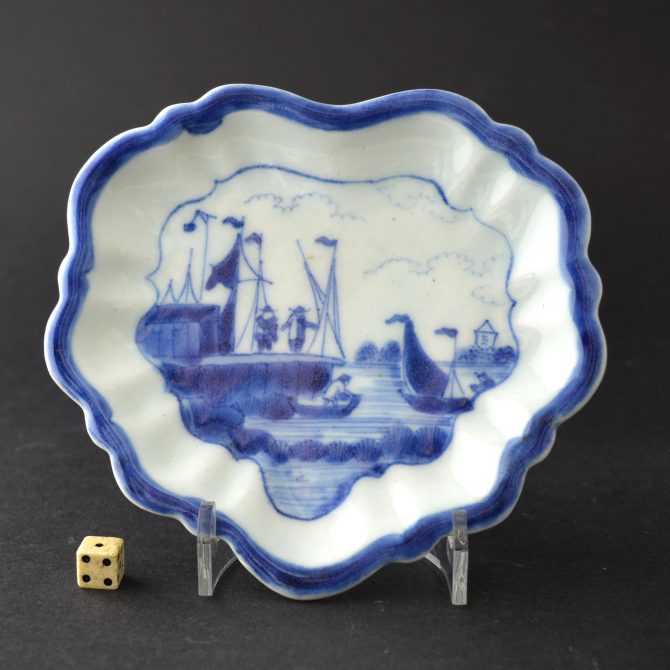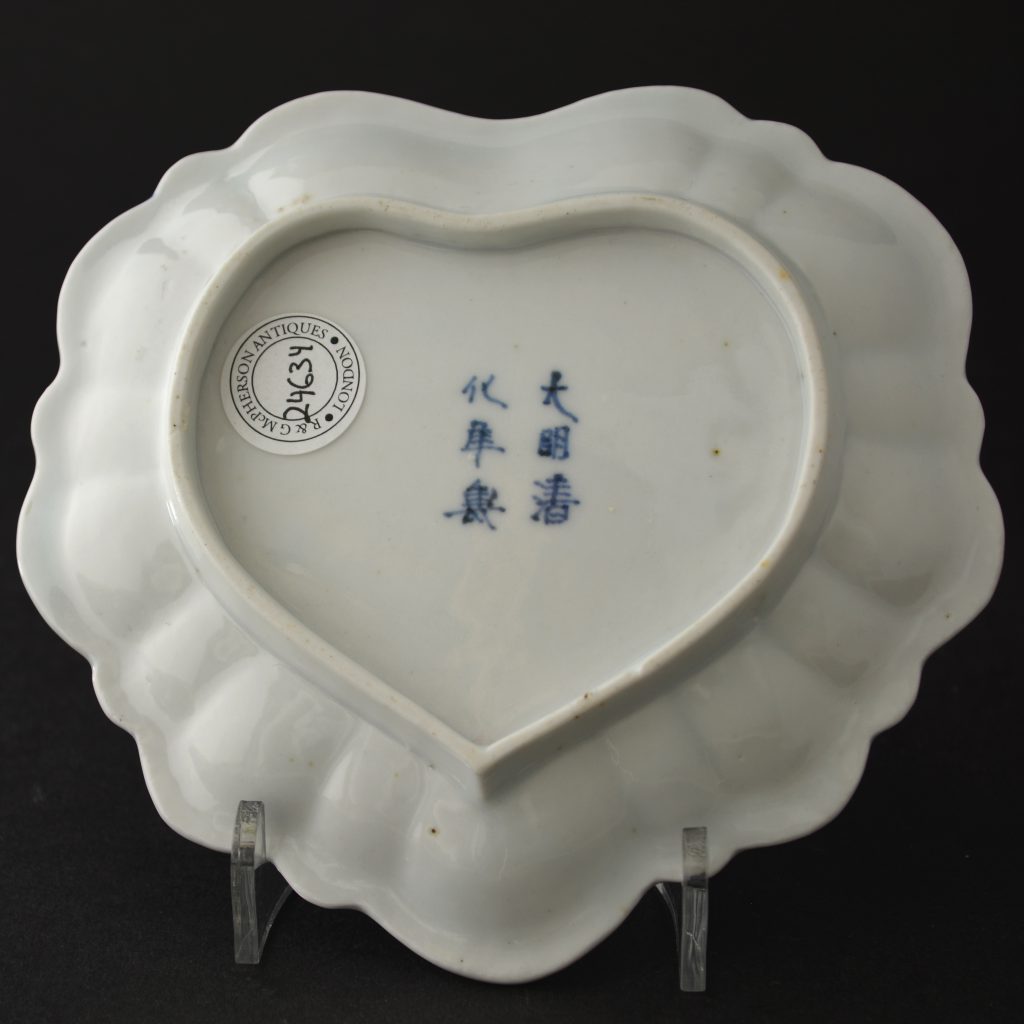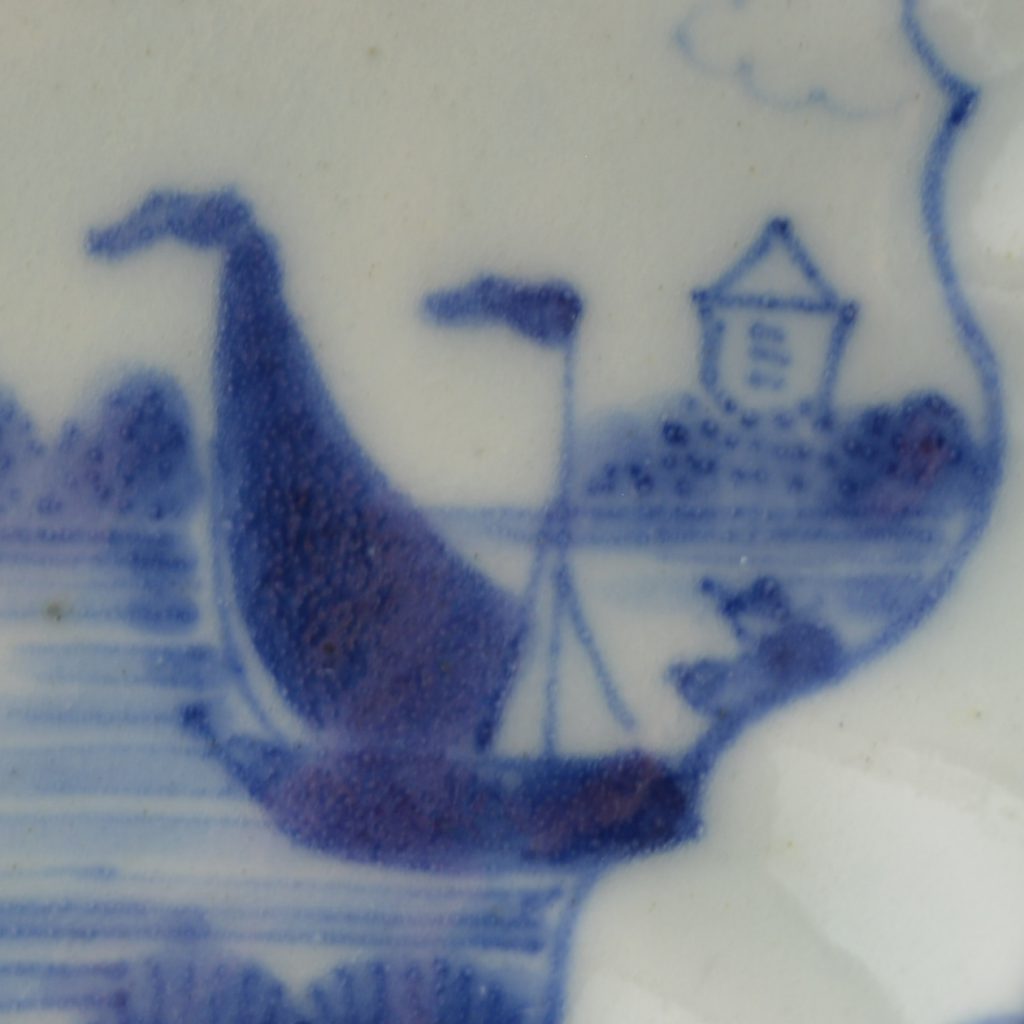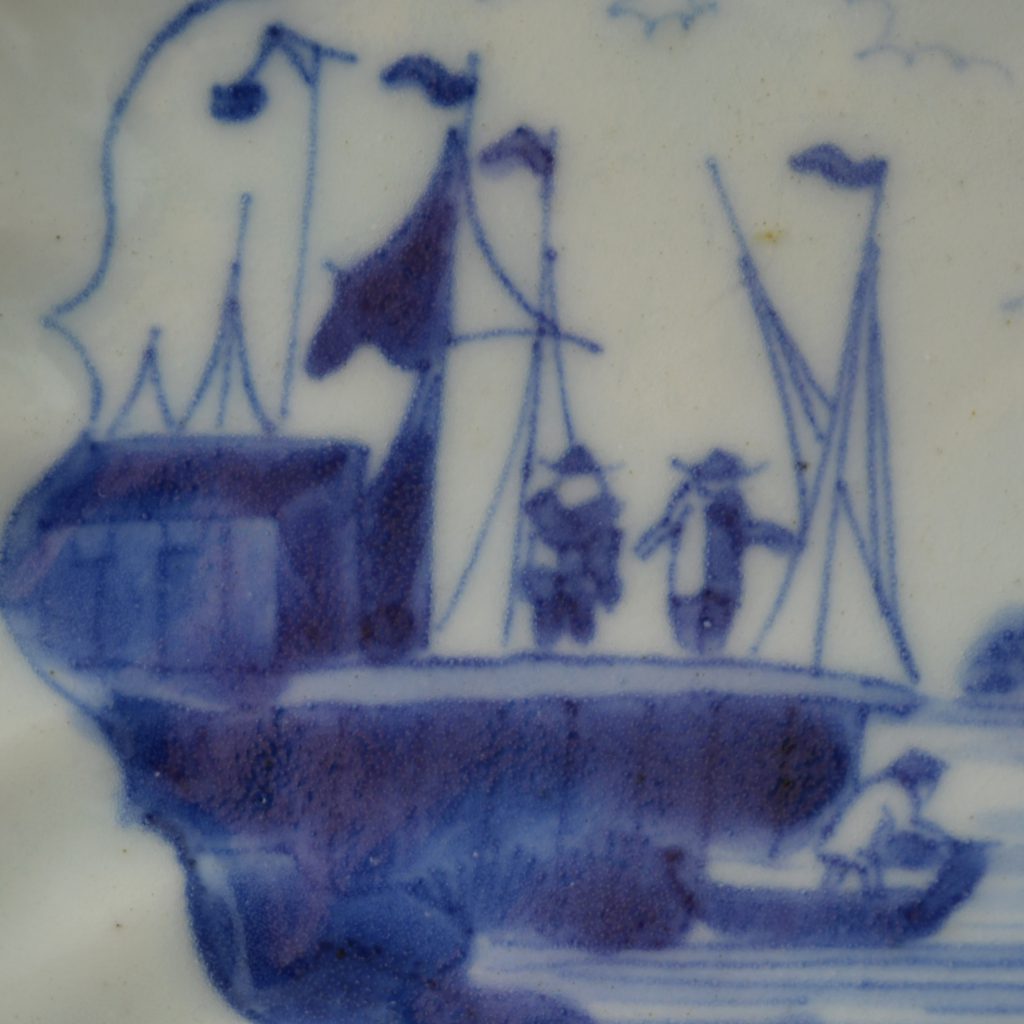
Japanese Arita Porcelain Dish in the Style of Frederik Van Frytom c.1690 – 1730.
A Japanese blue and white dish based, Arita kilns c.1690-1730. This Design is based on a rare series of Dutch Delft dishes painted by Frederik Van Frytom (1632 – 1702) in 1684 that were made for the Japanese Tea-Ceremony.
SOLD
- Condition
- In perfect condition.
- Size
- Diameter : 13 cm (5 inches)
- Provenance
- N/A
- Stock number
- 24634
- References
- A very rare Dutch Delft dish of this form and pattern marked "MB 1684" made for export to Japan, where it was used for the tea-ceremony, is illustrated in : Frederik Van Frytom 1632 - 1702, Life And Work Of A Dutch Pottery-Decorator By A.Vecht ( Scheltema and Holkema NV, Amsterdam, 1968 ) page 76, plate 40. A Qianlong blue and white porcelain dish of this pattern described as being after Bow porcelain was sold in 2007, see : The Hodroff Collection, Christie`s New York, January 24th 2007, lot 130. For a Bow porcelain version of this design and shape with a comparison Chinese dish from the collection of Dr.Bernard Watney see : Burghley House Catalogue of Chinese and Japanese Porcelain (No date, publishers details or even title) page 14, photographs at the top of the page. For a Chinese example of this shape and pattern together with a Bow version dated c.1750-1752 see : Simon Spero Exhibition 2001, English Porcelain and Enamels 1745-1791 page 25, plate 37. Pieces with Van Frytom designs were recovered from the Ca Mau Cargo (Yongzheng 1723-1735) see our `Sold Items` 14792 for a Cau Mau example and 16294 for a none shipwreck example. Also see 18600 for an Arita example.
Information
Frederik Van Frytom :
The Dutch artist Frederik Van Frytom (1632 - 1702) was an important painter of Delft pottery, his style of painting fits very well within the 17th century Dutch landscape tradition, it includes typically Dutch scenes, rustic landscapes with small bridges, pollarded willow and cows scattered about small fields. His ceramic painting technique was individual, more akin to painting than merely filling in a design on a ceramic body. Van Frytom`s connection with oriental ceramics stems from a series of small blue and white Delftware dishes painted by him that were made for the Tea-Ceremony in Japan, the bases of which were marked MB and dated 1684 (See Frederik Van Frytom 1632 - 1702, Life And Work Of A Dutch Pottery-Decorator, A.Vecht, Scheltema and Holkema NV, Amsterdam, 1968). The best known of Van Frytom`s designs is the so-called Deshima Island pattern, now known to be a view of Holland. Porcelain plates of this pattern, as well as related designs, were produced at the Arita Kilns in Japan and then in China at the Jingdezhen kilns, related designs also occurs on Chinese soft-paste porcelain. Plates and dishes of the so-called Deshima Island pattern dating to the Yongzheng period (1723-1735) were sold at Sotheby`s Amsterdam Sale of Chinese Porcelain from the Ca Mau Cargo, "Made in Imperial China". This Western style was then re-used, probably via Japanese or Chinese interpretations, in England at The Bow Factory using soft-paste porcelain, at least some of these Bow pieces closely relate to Chinese soft-paste porcelain versions of the design. However, the Chinese soft-paste examples are quite late in date, so it might well be possible that they are based on the Bow examples that are copying the Japanese or Chinese versions of the Delft. A complex and somewhat confusing inter-connection of design and trade.
A Chinese Porcelain Example, SOLD item 23899 :
A Rare Chinese Export Porcelain Dish, Qianlong Period c.1755-60. This Design is Based on a Rare Dutch Delft Dish Painted by Frederik Van Frytom (1632 - 1702) in 1684 that was Made for the Japanese Tea-Ceremony. This Piece was Probably Copied from a Bow Version of the Design c.1750 to 1755 Which was its Self Copied From a Japanese Version of the Delft.




